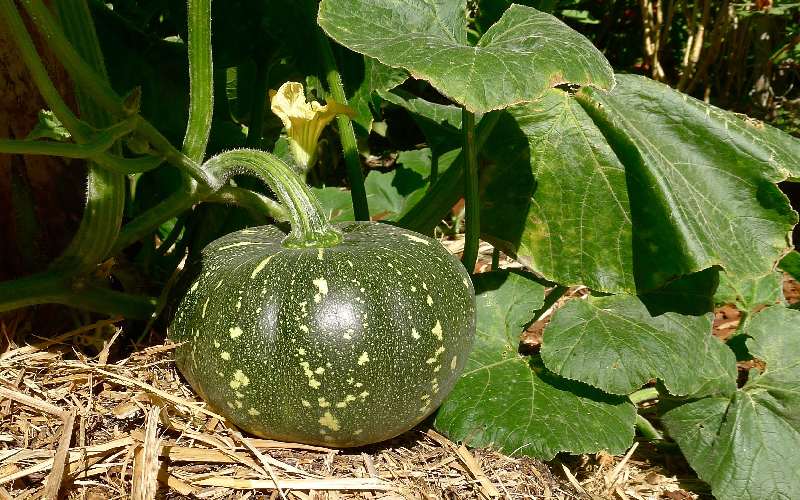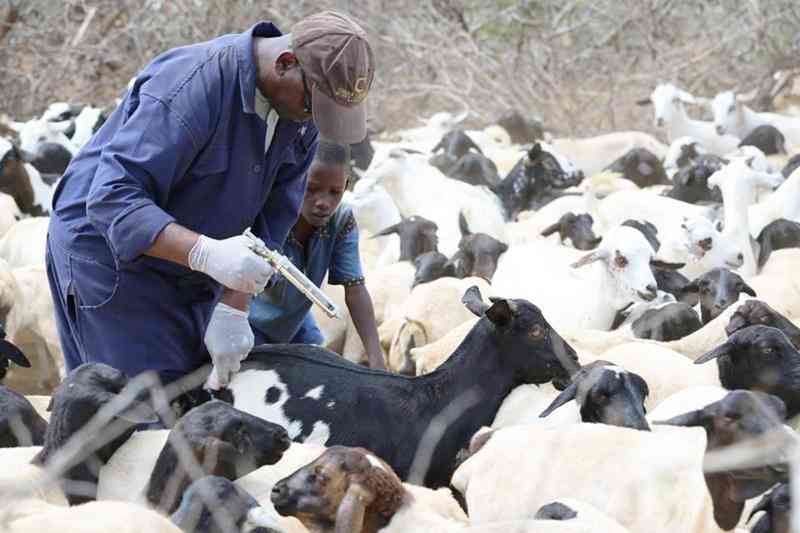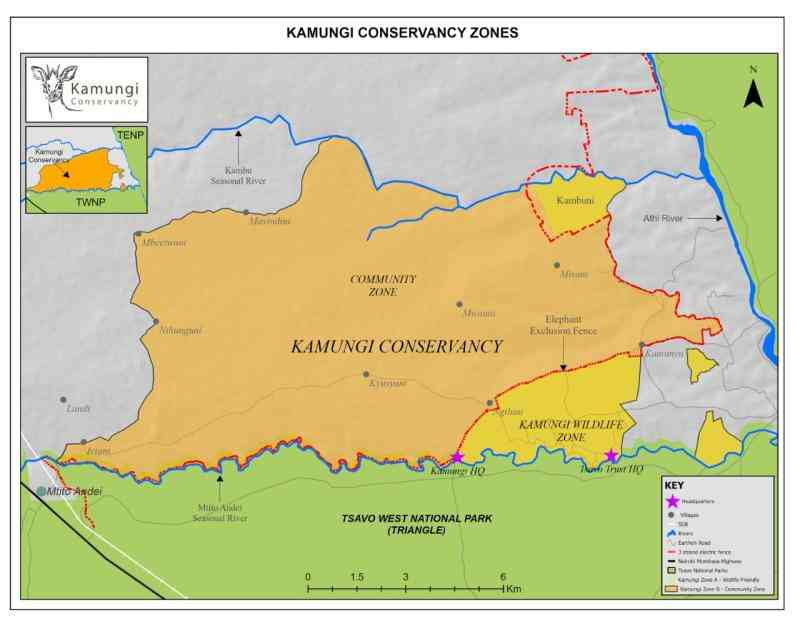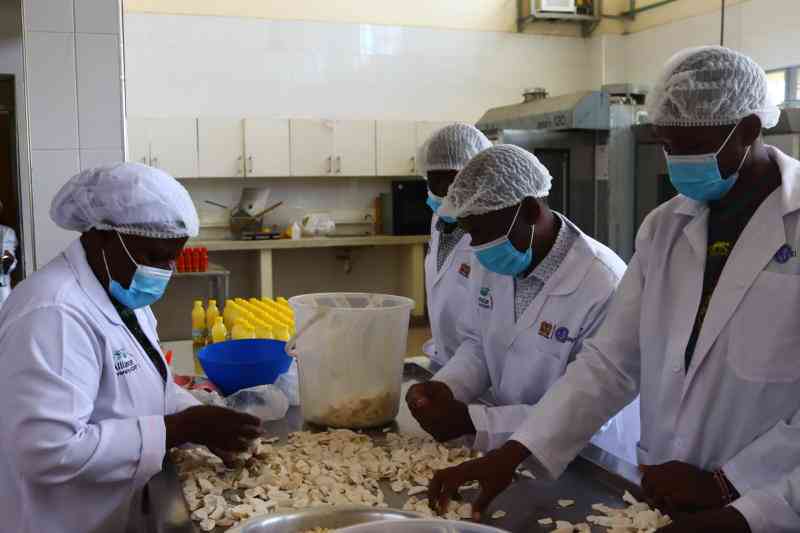
Pumpkin farming in Kenya has been a common practice especially in the rural areas. Pumpkins provide food from every part of their physiology, from the fleshy fruit which can be baked, boiled and used to thicken soup, to the seeds, and leaves, which can be consumed as vegetables.
The common varieties include white giant from South Africa, Israel giant, Egyptian giant, ‘Squach’ and ‘Dola’.
Victor Mumo, who grows pumpkins in Machakos County, says they are easy to grow and manage as they are rarely attacked by pests. They are cultivated twice a year.
Land preparation and ecological requirements
For a start, no member of the pumpkin family (cucurbit) should have been planted on the land before.
“This is to minimise the spread of diseases from the previous crop. Finely till the land for proper penetration of roots,” says Mumo.
Pumpkins are warm-season crops and do well in temperatures of 18 to 27 degrees celsius.

Planting
Prepare mounds of soil for the sun’s heat to penetrate and to help improve the drainage.
The seed should be placed one to two inches deep just enough to cover it from the birds and allow for easier germination.
The ideal spacing is two to three metres by three metres due to the vegetative nature of the pumpkin. This varies according to the variety being planted.
“Ensure that you use organic fertilisers such as well rotten cow dung and chicken droppings. They are not only a cheaper alternative but also produce better results,” says Mumo.
Weed control
Carefully uproot them to avoid damaging the pumpkin vines. You can use chemical (with a lot of caution) or organic ways to control the weeds.
You can intercrop pumpkins with okra, moringa, sunflower and pawpaw.
Irrigation
Water the plant regularly to promote nutrient uptake and proper fruit formation.
“Irrigate in such a way that the water is directed to the roots and vines rather than leaves, to avoid waterlogging,” explains Mumo.
Pests and Diseases
The common diseases that affect pumpkins in Kenya are bacterial wilt, downy mildew and powdery mildew.
Mumo says the best defensive measures to help avoid disease problem include watering in the morning or during the day. Water only the roots and vines.
“The diseases thrive in humid weather, if you water in the morning, the sun dries the moisture on leaves and the disease will not thrive,” advices Mumo.
Apply sprays to control diseases before they get started and remove plants infected by disease from the garden.
The common pests on pumpkin fields are aphids and fruit flies.
Harvesting
When the pumpkin skin reaches full colour and hardens, the fruit is ready for harvest. Depending on variety, the fruit is usually ready about 90 to 120 days after planting.
Pumpkin is harvested by plucking it from the vine leaving the stalk on the fruit to enhance the fruit shelf life. You can store your pumpkins for 30 to 90 days. Store in a cool, dry place.
Market
Mumo says pumpkins have a vast market, locally and internationally.
“In fact there are various companies buying pumpkins for the export market. However, you have to meet specific set standards to qualify to sell to that market. In Kenya, pumpkins go for between Sh50 to Sh80 per kilogramme,” says Mumo.
“Do research on your local market. You can also look for companies that make flour. Direct sale to consumer is also a viable market, where you market through online platforms like Facebook.”
Want to get latest farming tips and videos?
Join Us
 The Standard Group Plc is a multi-media organization
with investments in media platforms spanning newspaper print operations,
television, radio broadcasting, digital and online services. The Standard Group
is recognized as a leading multi-media house in Kenya with a key influence in
matters of national and international interest.
The Standard Group Plc is a multi-media organization
with investments in media platforms spanning newspaper print operations,
television, radio broadcasting, digital and online services. The Standard Group
is recognized as a leading multi-media house in Kenya with a key influence in
matters of national and international interest.
 The Standard Group Plc is a multi-media organization
with investments in media platforms spanning newspaper print operations,
television, radio broadcasting, digital and online services. The Standard Group
is recognized as a leading multi-media house in Kenya with a key influence in
matters of national and international interest.
The Standard Group Plc is a multi-media organization
with investments in media platforms spanning newspaper print operations,
television, radio broadcasting, digital and online services. The Standard Group
is recognized as a leading multi-media house in Kenya with a key influence in
matters of national and international interest.








